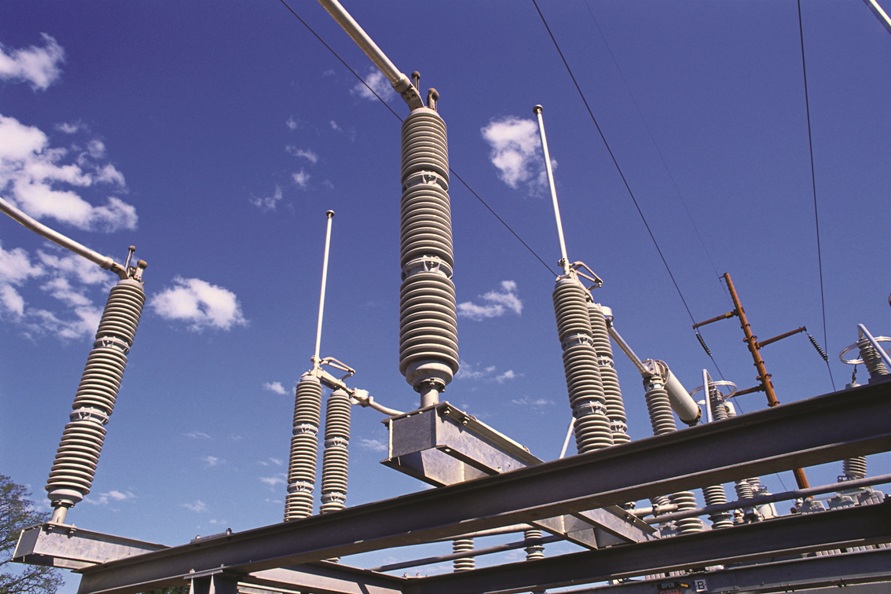GE Power’s Grid Solutions business has announced today the commissioning of the first leg of the mega grid-stabilization project by handing over what will be the world’s largest Wide Area Monitoring System (WAMS) solution to Power Grid Corporation of India Ltd (PGCIL) for the Northern Grid (NR) in India.
The project is part of the Unified Real Time Dynamic State Measurement (URTDSM) initiative that entails monitoring and controlling of the electricity supply across the country which will positively impact India’s total population. The project has been executed by GE T&D India Ltd.
This first stage will enable PGCIL to monitor power flow across 110 substations in the Northern Grid (NR) and respond to fluctuations within a fraction of a second. This will be critical in addressing power demand-supply imbalances and ensuring grid stability benefitting from the integration of renewable energy with the grid. The northern grid covers nine control centers, namely Punjab, Haryana, Rajasthan, Delhi, Uttar Pradesh, Uttarakhand, Himachal Pradesh, Jammu & Kashmir and Chandigarh.
Commenting on the development, Sunil Wadhwa, MD, GE T&D India Ltd and Leader of GE Power’s Grid Solution business in South Asia said, “The commissioning of the Wide Area Monitoring System (WAMS) technology of this scale and size is unparalleled in the history of power transmission in India. This will prove to be an important milestone in ensuring supply of uninterrupted, 24×7 high-quality power supply and integration of renewable energy with the country’s electrical grid.”
World’s largest WAMS
When fully commissioned, this new WAMS solution will be the world’s largest comprising 1,184 Phasor Measurement Units (PMUs) and 34 control centers across India, 350 substations in the national grid. Part of GE Power’s Digital Energy portfolio, this solution obtains input data 25 times per second from all the PMUs installed (as compared to conventional SCADA, sampling once in nearly 5 seconds), with real time views on geographic displays, analytical applications and the capacity to store 500 TB of data. Moreover, it will also fully secure the grid from any cyber security threat, incorporating the latest firewall policies. The development and testing of the new software and substation devices was undertaken by GE teams from India, the UK and USA supported by PGCIL teams for a duration of two years.
Mega blackout leads to new thinking
Today, the Indian electricity network is the world’s largest synchronized grid with a capacity of 363 GW. In July 2012, India suffered the world’s biggest power blackout due to a grid failure which impacted more than 620 million people across 22 states. A committee of international experts formed by the government to minimize the future possibility and impact of grid failure, recommended the implementation of a Wide Area Monitoring System (WAMS) solution across the country to measure the dynamic state of the grid and detect the onset of any unstable oscillation event.
URTDSM project
Under the URTDSM (Unified Real Time Dynamic State Measurement) project, bids were invited by PGCIL for installing 1184 Phasor Measurement Units (PMUs) at 351 substations and 34 control centers across India. As this is a project of national importance, 70 per cent of the project cost is funded by the Ministry of Power through the Power System Development Fund (PSDF). The contract covers the supply of both hardware and software solutions. For hardware, GE deploys its MiCOM P847 Phasor Measurement Units (PMU)s which will collect more than 18,000 real-time synchronized measurements from across the country. GE also equips the control centers with PhasorPoint, a software solution to enable PGCIL to identify and analyze system vulnerabilities in real-time.
It may be recalled that in January 2014, GE T&D India (formerly Alstom T&D) was awarded a contract of around $52.2 million to install WAMS across all five regional grids of north, south, east, west and northeast India.
(Featured photograph is for illustration only)

